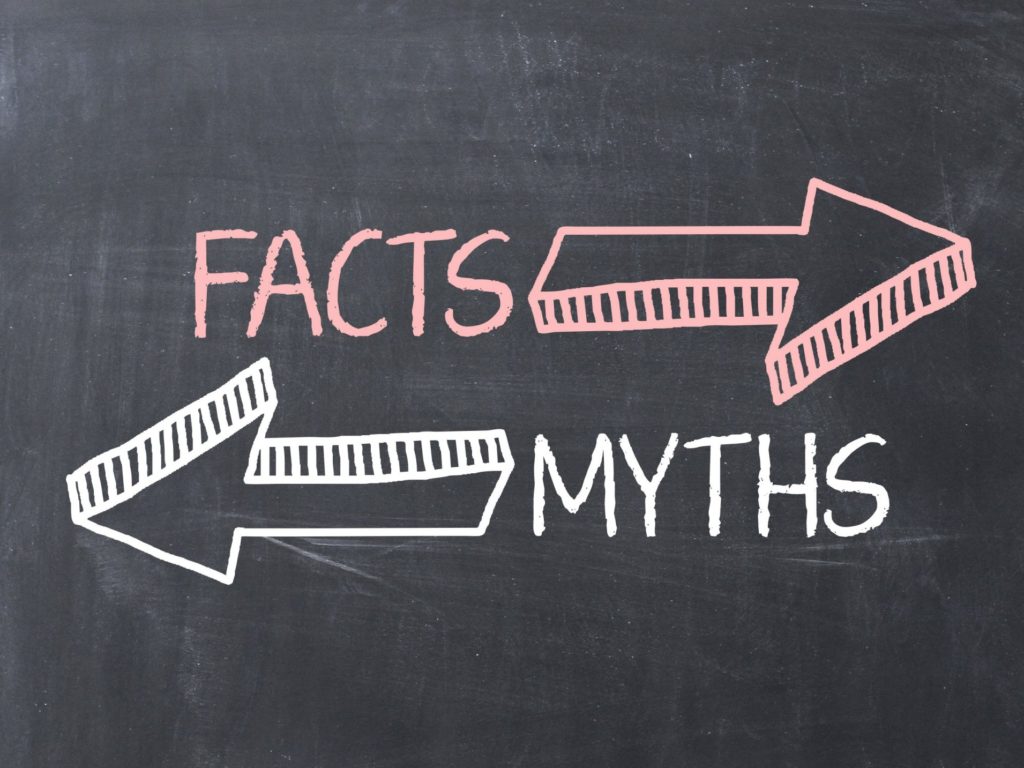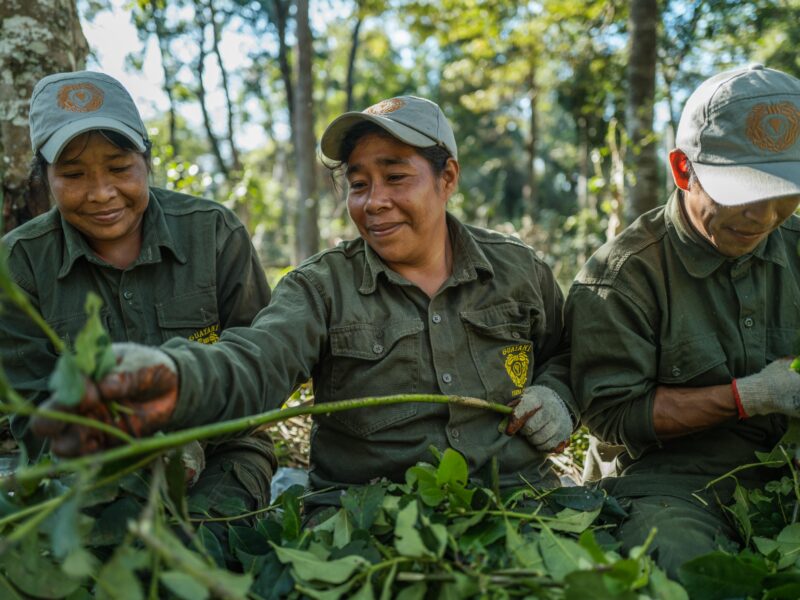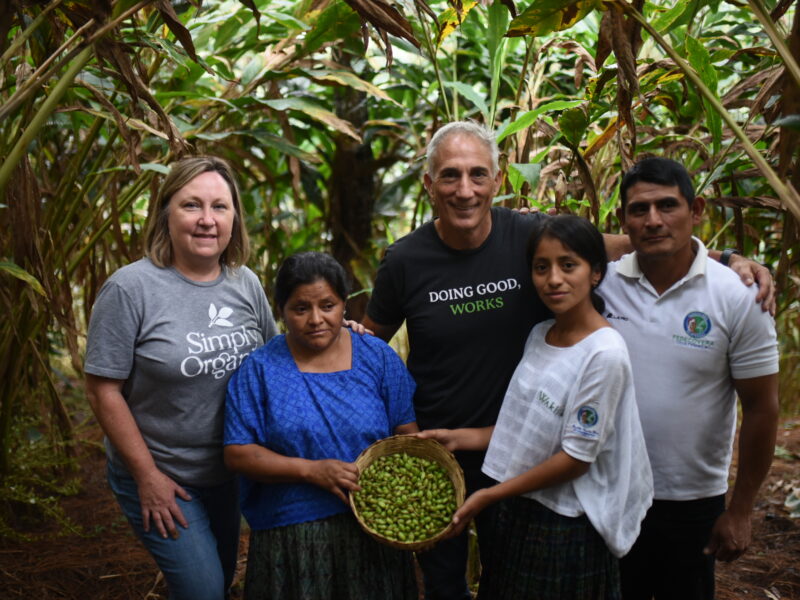At Only Organic, we encounter lots of consumer confusion about the value of organics. Our social media team has found that some of the statements causing the confusion originate in fake accounts posing as concerned independent parties.
These types of comments can quickly flood a post with talking points provided by sites that are funded by or colluding with biotech, Big Ag or Big Food. This leads to confusion about food supply facts and the decision to choose organic, and that is the goal of the program.
The nonprofit U.S. Right To Know recently discovered Let Nothing Go after it filed a Freedom of Information Act (FOIA) request. Let Nothing Go seeks to discredit anti-pesticide efforts using operatives paid for by the biotech company Monsanto.
Through a series of emails, U.S. Right To Know discovered: “Monsanto’s ‘Let Nothing Go’ program guidelines are ‘to leave nothing, not even Facebook comments, unanswered; through a series of third parties, it employs individuals who appear to have no connection to industry, who in turn post positive comments on news articles and Facebook posts defending Monsanto, its chemicals and GMOs.”
But unlike Monsanto, organic has nothing to hide. To help consumers can make informed decisions, we offer our response to five fairly typical industry-promoted comments.
- Industry claim: “But organic uses pesticides, too!”
Organic response:
Although some organic farmers use pesticides, they’re derived primarily from natural substances and must be approved for organic production. The National Organic Standards Board, or NOSB, and the National Organic Program, or NOP, keep a list of materials approved for use in organic production, which typically includes naturally occurring materials and prohibits synthetic materials, with some exceptions. The list is compiled with input from farmers, business owners, consumer advocates and the public.
Once the NOSB and NOP add a material to the national list, third-party organizations like the Organic Materials Review Institute evaluate them to make sure they’re in compliance, a process that involves hundreds of technical experts. (Find out more this process from the Rodale Institute.) The approved natural pesticides are allowed for use only when other pest control methods fail. (Furthermore, the Environmental Protection Agency considers organic-approved pesticides on the national list exempt from specific limits, called tolerance requirements because they are so safe.)
2. Industry claim: “GMOs are necessary to feed the world.”
Organic response:
There is more than enough food to feed the global population, according to the World Health Organization. Hunger represents a failure of distribution and infrastructure, and it won’t be eliminated by genetically modified, or GMO, crops. The companies that develop and market GMOs may promise that they’ll produce greater yields and solve the world’s food shortages, but studies show that GMO yields are hardly keeping pace with non-GMO crops. It’s also untrue that there is a significant difference in yields between organic and conventional. In fact, the Rodale Institute says that “organic outperforms conventional in adverse weather conditions like drought by as much as 40%.”
Safer farming practices exist, according to a United Nations report, and studies show “that agroecology is capable of delivering sufficient yields to feed the entire world population and ensure that they are adequately nourished.” Another study supports this assertion, suggesting that farming methods that reduce pesticide use are already accessible and can be used without any loss of productivity or profitability.” In fact, conventional farmers growing GMO crops have had to rely on increasing their use of toxic weedkillers and now must also determine how to combat the evolution of herbicide-resistant superweeds.
It’s also a myth that U.S. farms “feed the world.” American producers grow only 4 percent of the world’s fruit, vegetables, wheat and rice– and less than 8 percent of overall global food calories.
3. Industry claim: “Organic farmers use more pesticides that are more toxic” than conventional farmers.”
Organic response:
Because organic food must be grown without the use of toxic persistent pesticides, eating it is one of the best ways to reduce your exposure. Many farmers never use pesticides. Organic farmers that do use pesticides must, according to national organic standards, show they have first exhausted all ecological pest control methods, such as crop rotation, nutrient management and mechanical weeding. They must provide a history of every substance applied to their land for the past three years and pass a rigorous pesticide residue testing program.
Furthermore, for a food to be considered organic, every farm, packing facility, processor and distributor involved between the farm and market must be inspected to verify compliance with USDA organic regulations. To renew its certification, which has to do annually, every organic operation must undergo inspection so the certifier and inspector can see whether the applicant complies with USDA organic regulations. More than 30,000 inspections are conducted every year.
4. Industry Claim: “Conventional pesticides are regulated and proven safe so there’s nothing to be afraid of.”
Organic Response:
Because of regulatory flaws and loopholes, it’s impossible to prove the chemicals used in conventional food production are dangerous until after they’re in the marketplace and have already caused significant damage to the environment and to human health. The EPA’s own website acknowledges that it needs improved registration tracking and staff training to avoid continued misuse and overuse of its process of approving pesticide registration conditionally.
To register a pesticide, a chemical company must submit to the EPA the results from a list of specific tests. The EPA does not conduct its own studies, so it uses these results to assess human exposure, effects on human health, wildlife and the environment, and whether and how the pesticide can be used. The agency may also consider data from peer-reviewed scientific journals, other governments’ regulatory agencies, and other sources, often receiving these additional sources through public comments.
Approval is at the EPA’s discretion, which then sets usage and “tolerance requirements.” After pesticide registration, the EPA reevaluates the safety of the pesticide every 15 years, taking new research and data into consideration.
But in many cases, the chemical companies’ studies can be manipulated to serve the approval process. The other problem is the EPA is conditionally registering pesticides with either no or inadequate data. EPA determinations about whether the conditions imposed on registrants have been satisfied are made without public comment.
An underlying problem is the EPA’s so-called revolving door. According to research from Harvard, problems include a “large number of former lawmakers now lobbying to weaken environmental regulations or seek exemptions for clients; pressure from current lawmakers who are beholden to donors or who fear opposition in their next race, and other factors, including the ‘burrowing in’ of political appointees, and the influence of the White House Office of Management and Budget.” This is how pesticide manufacturers get products onto the market without outside input and before they’ve been proven to be safe.
5. Industry Claim: “Glyphosate is safe – just ask independent scientists.”
Organic Response:
Glyphosate is the key ingredient in Bayer/Monsanto’s signature herbicide Roundup. It has been linked to cancer by the World Health Organization and California state scientists. Stauffer Chemical Company first patented it as a mineral chelator in 1964., Monsanto introduced it as an herbicide, in 1974. Conventional farmers spray the weedkiller on genetically engineered corn, oats, soybeans and wheat before it’s harvested. Consumers also use it on their lawns and gardeners.
The widespread use has led to an explosion in pesticide-resistant weeds, which can be found on half of all American fields – upward of 100 million acres of cultivated cropland.
We know a lot about glyphosate, but the research is rapidly evolving. The World Health Organization’s International Agency for Research on Cancer, or IARC, categorizes glyphosate as a probable carcinogen. The IARC said that along with other Monsanto chemicals, Roundup can cause Parkinson’s disease, Alzheimer’s disease, autism and cancer. Both the nature and severity of human health impacts following exposures to glyphosate herbicides are unknown. Despite a 20-fold increase in use and an increase in exposure, over the past two decades, there has been no systematic effort by U.S. research or public health agencies to answer lingering questions. Glyphosate and metabolite residues concentrate in the liver and kidney, and both animal studies and human investigations have highlighted liver and kidney problems.
Glyphosate has blanketed the news recently because Monsanto was ordered in 2019 to pay $289 million in damages after a jury found the company liable for causing a school groundskeeper’s cancer. A jury last year in California ordered the company to pay a couple more than $2 billion in damages after finding that the weedkiller Roundup had caused their cancer – the third jury to conclude that the company had failed to warn consumers of its flagship product’s dangers. There are 42,000 additional lawsuits against Monsanto queued up in state and federal courts.
FOIA requests and court documents have demonstrated that Monsanto funnels money to “think tanks” such as the “Genetic Literacy Project” and the “American Council on Science and Health,” organizations intended to shame independent scientists and highlight information helpful to Monsanto and other chemical producers. For example, GMO and pesticide proponent Kevin Folta claimed to be an independent scientist without industry ties but was later exposed for taking $25,000 from Monsanto for his “science communication” activities. There have been reports of other emails among scientists working with Monsanto.
But the court case findings keep demonstrating a company claiming its chemical is safe and doesn’t cause cancer even when the science doesn’t agree. In response to one critical study about glyphosate exposure, Monsanto’s product protection lead Donna Farmer stated in an email that “you cannot say that Roundup does not cause cancer.”
A lead attorney in the groundskeeper’s case against Monsanto, Brent Wisner cited company emails from decades earlier that provide details of its work with a genotoxicity expert who reviewed a series of 1990s studies. He raised concerns about Roundup effects on humans and suggested further research.
After the expert’s analysis, Monsanto representatives began to look for a different expert and started work on a press statement saying the product carried no risk. Wisner also read documents that he said showed how Monsanto strategized plans to “ghostwrite” favorable research.
Find out more about this chemical here.









